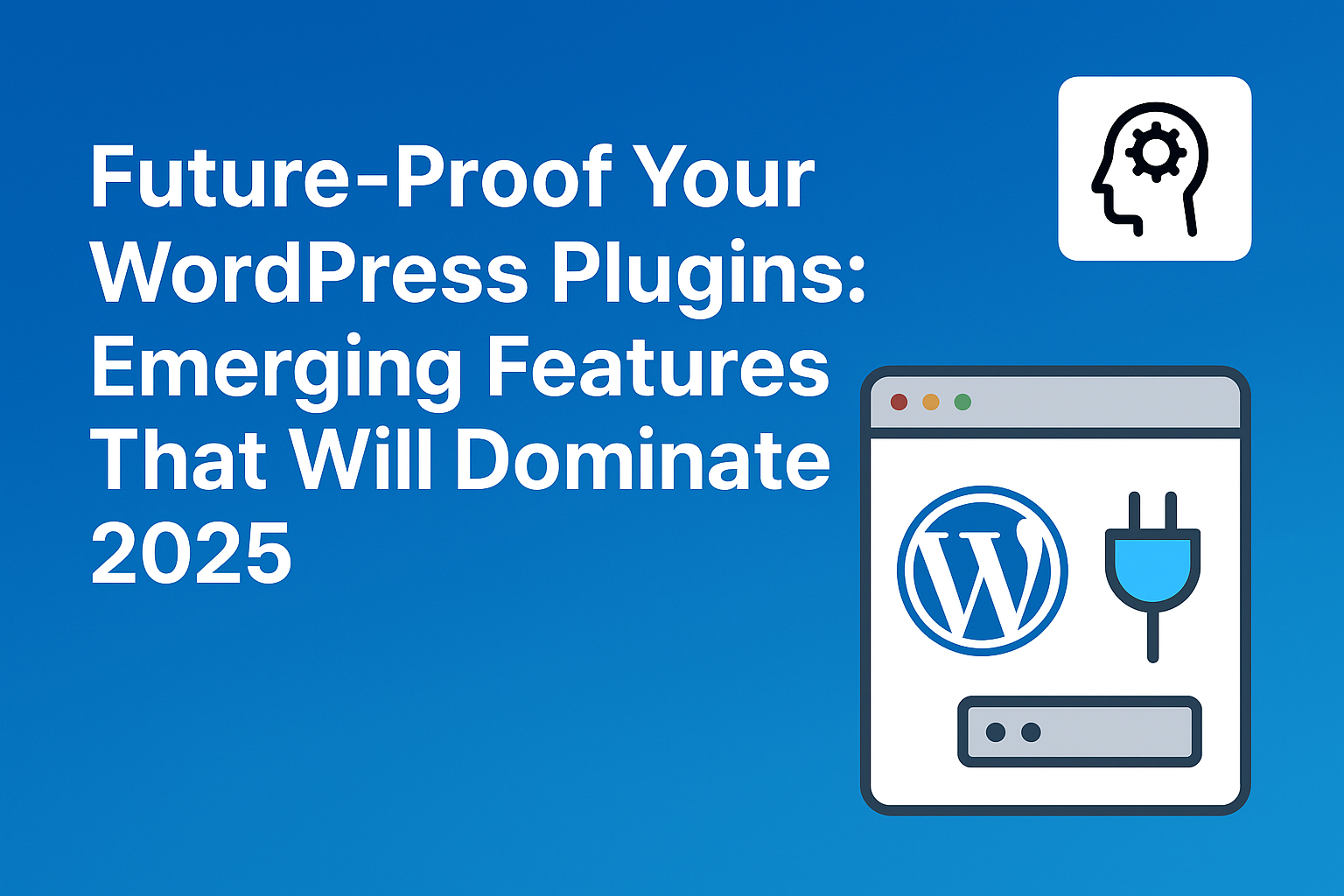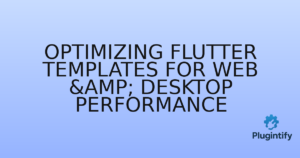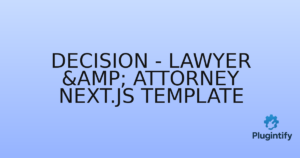As WordPress continues to evolve, plugin developers face new challenges and opportunities in 2025. Staying ahead means understanding the emerging trends and building features that users will crave next year. Here are the key areas every plugin developer should consider:
1. AI-Powered Functionality
AI is not just a buzzword. Plugins that integrate AI for content optimization, predictive analytics, or automated customer support will stand out. For example, a plugin that can automatically generate meta descriptions or optimize images using AI can save hours of manual work for site owners. Learn more about AI plugins here.
2. Privacy-First Features
With increasing regulations like GDPR and CCPA, users prioritize plugins that protect data. Plugins offering built-in consent management, data encryption, or anonymized tracking will be in higher demand. Check out privacy plugins here.
3. Seamless Integration with SaaS Platforms
Plugins that connect WordPress with popular SaaS tools without complicated setup will dominate the market. Ease of integration is becoming a key selling point. Explore integrations here.
4. Lightweight & Performance-Focused
Site speed remains critical for SEO and user experience. Plugins in 2025 that minimize database queries, reduce JS/CSS bloat, and load asynchronously will be preferred over feature-heavy, slow alternatives. Learn optimization tips here.
5. Subscription Management & Flexible Monetization
Monetization strategies are shifting. Plugins offering flexible subscription models, pay-per-feature, or microtransactions allow developers to maximize revenue while giving users more control. Discover subscription plugins here.
6. Accessibility & Inclusivity
Web accessibility isn’t optional anymore. Plugins that automatically check for WCAG compliance, provide alt-text suggestions, or enhance keyboard navigation will appeal to a broader audience. Explore accessibility tools here.
7. Continuous Updates & Modular Architecture
Finally, users expect regular updates without breaking their sites. Plugins designed in a modular way—so features can be added or removed—will ensure longevity and easier maintenance. Read more about modular plugin design here.
Staying ahead in 2025 means combining innovation, performance, and user-centric features. By focusing on AI, privacy, integrations, and accessibility, your WordPress plugin can stand out in a crowded market.




